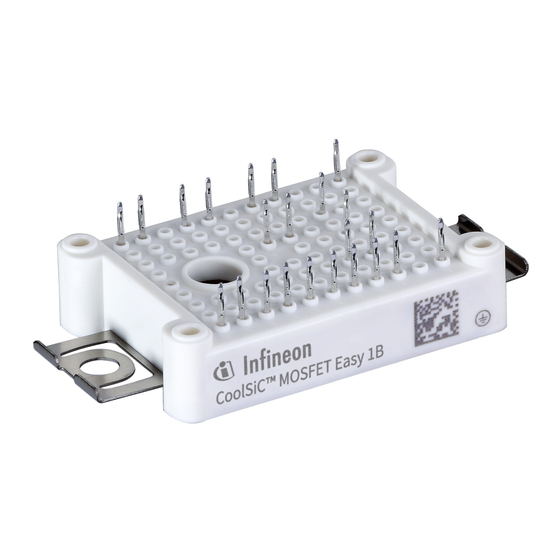
Table of Contents
Advertisement
Quick Links
AN2023-07
Assembly Instructions for the Easy Modules
About this document
Scope and purpose
This application note provides a guideline on how to use and implement Easy modules. The values and
recommendations provided in this document should not be considered as datasheet values.
Intended audience
This document is intended for all experts using Infineon Easy modules.
Application Note
Please read the Important Notice and Warnings at the end of this document
Revision 1.0
www.infineon.com
2023-07-12
Advertisement
Table of Contents















Need help?
Do you have a question about the Easy 1B and is the answer not in the manual?
Questions and answers